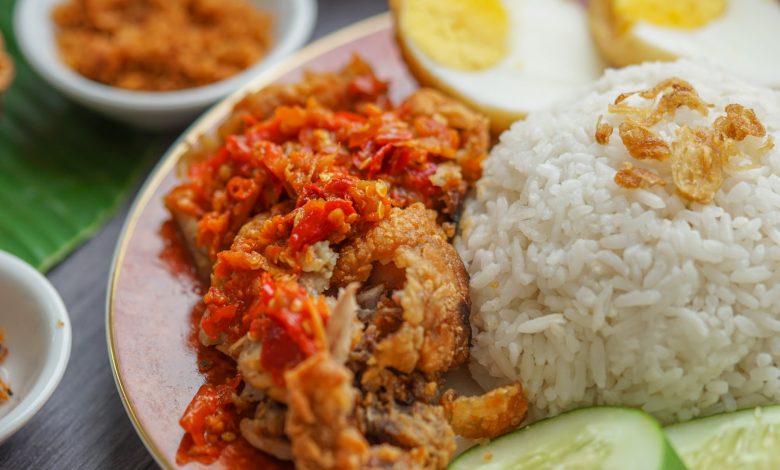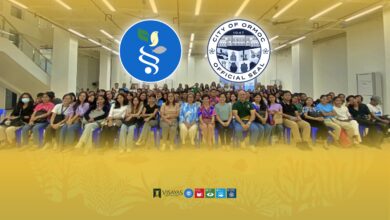Is Rice Harmful to Our Health? Understanding the Risks and Benefits

Recent discussions have focused on the impact of rice consumption on health, particularly concerning diabetes. Rice holds significant cultural importance in Malaysia, prompting experts to emphasize the need for awareness of its health implications while maintaining traditional dietary practices.
Rice Consumption in Malaysia
According to a report by the Agriculture and Food Security Ministry (KPKM), Malaysia’s rice self-sufficiency rate is currently at 56.6%, with an annual per capita consumption of approximately 76.7 kg. As a staple food in Malaysian diets, rice is commonly featured in meals alongside vegetables, meats, and legumes, with popular dishes such as nasi lemak and various forms of fried rice. Rice also serves as a fundamental ingredient in local specialties, including rice noodles and rice wine.
Initiatives for Local Production
In response to the significance of rice, initiatives are underway to enhance local production in Sarawak. The state aims to increase its output to around 500,000 tonnes annually as part of efforts to bolster food security, with a self-sufficiency target of 75% by 2025 and 80% by 2030.
Health Concerns Related to Rice Consumption
On the health front, concerns have been raised regarding high rice consumption. A national survey has indicated that Malaysia possesses one of the highest diabetes rates in the Western Pacific region. Research shows that white rice can cause significant spikes in blood glucose levels due to its high glycemic index (GI). Foods with elevated GI values are often associated with an increased risk of diabetes, leading to scrutiny regarding the widespread consumption of rice.
Understanding Rice Types and Their Effects
The relationship between rice and diabetes is complex, as different rice types are digested variably. For instance, pigmented rice varieties, such as brown, red, and black rice, typically exhibit lower GI values compared to white rice, potentially providing health benefits due to their higher fiber and nutrient content. In Sarawak, there are opportunities to integrate these healthier alternatives into local diets.
Cooking Methods and Glycemic Impact
Additionally, cooking methods can influence the glycemic impact of rice. Utilizing ingredients like coconut milk or techniques such as parboiling may reduce GI levels. Furthermore, studies indicate that consuming vegetables or proteins before rice may help mitigate glucose spikes, underscoring the importance of meal structure in managing blood sugar levels.
Making Informed Dietary Choices
As research evolves regarding the intricate relationship between diet and health, it becomes vital for consumers to make informed choices about their diets, particularly concerning rice. By factoring in preparation methods and incorporating various rice varieties, individuals can enjoy this staple while actively managing their health.
Balancing Tradition and Health Awareness
The ongoing discussion surrounding rice consumption underscores the significance of balancing cultural practices with health awareness, thereby ensuring that traditions remain integral to Malaysian cuisine without compromising overall health and well-being.
Original source: https://www.swinburne.edu.my/campus-beyond/is-our-love-for-rice-hurting-our-health.php




